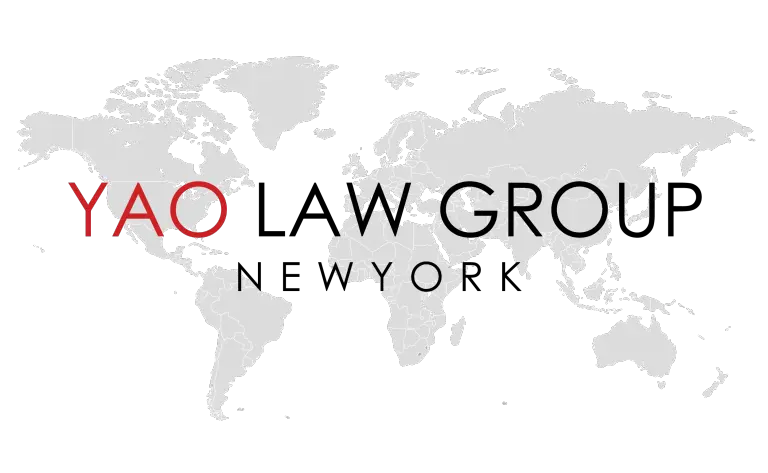A CV is also your resume. Therefore, this document should include your achievements, accomplishments, education, skills, etc.
Unfortunately, more often than not, a traditional CV is not impressive in the eyes of your immigration officer. It is important to understand the difference between a standard CV and an O-1 CV.
The difference between a CV and O-1 CV
Traditionally, a CV is a brief document detailing your education, skills, and most recent employment history. Contrastingly, an O-1 CV does not place as much emphasis on your education and skills as it is not relevant to the O-1 petition.
An O-1 CV should focus on your achievements such as your performances, notable clients, etc.
Additionally, it is important to give relevant background information and details that explain why these achievements are noteworthy. Simply, your CV is a way to display the significance of what you’ve done in your career to the immigration officer.
For example, a theater performer may include a notable venue they performed at in their traditional CV. People in their field may understand the significance of performing at this venue, but the average immigration officer will not.
Thus, it is important to explain how distinguished this venue is in their O-1 CV.
To recap:
- An O-1 CV is significantly more detailed than a traditional resume;
- Your O-1 CV should be tailored to an individual whom may not understand the industry you are in;
- Your O-1 CV should be a detailed description with comprehensive background information of your noteworthy achievements;


